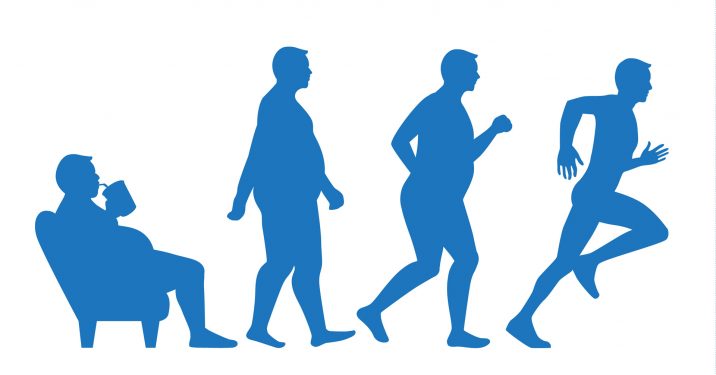The coronavirus is peaking in front of our very eyes, and the uncertainty is worrisome. We could all benefit from a dose of relaxation and calmness to help us cope. The good news is that we can find some relief by practicing mindfulness.
We hear about the precautions that we should take, such as social distancing and hand washing. We have to adhere to this protocol espoused by public health officials, without hesitation, while moving forward with our daily lives. This means accepting a “new normal,” such as working from home and caring for family members who are also home.
Mindfulness can comfort us to accept what we cannot change, enabling us to progress with trust and kindness minus panic and tension. It’s normal to be concerned with the recent turn of events, but events out of our control are going to happen, so it’s essential that we have a personal lifeguard in place to help us deal accordingly. Mindfulness is one rescuer. It improves our brain fitness, inner peace, and mental harmony. It guides us to develop a clearer mind, positive thinking, and optimistic vision. It helps us gain some control back – even in tough times.
Mindfulness strengthens focus, flexibility, clarity, and memory. It helps us build mental resilience for navigating in troubled waters.
Mindfulness programs and supportive training are an important catalyst for positive change, giving people the ability to handle issues and stay calm when dealing with life’s challenges faced at home and in business. It strengthens our awareness, trust, curiosity, acceptance, and ability to stay innovative.
It aids and supports us, as we instill a healthy, peaceful place, to be activated during the workday. Now, as we all deal with this coronavirus challenge, we’re able to maximize our abilities and succeed with our work objectives with less stress and anxiety.
We should begin our pre-business meetings preparation with a moment of silence. The silence can help us land, focus, and connect for the new activity that is about to begin. It’s a safe designation to help participants keep calm and ready.
For all businesses and individuals, I strongly recommend mindfulness. It achieves a combination of what other programs and exercises try to accomplish. Even more, it can improve physical well-being, as some people are able to reduce their stress levels and negative thoughts, often leading to lower blood pressure or improved heart health. We’re worried these days and working hard with our business, but mindfulness does a lot of good in a very short period of time.
Sacramento CA health coaches can encourage mindfulness and training resources to be available at work for employees who would like the option to practice meditation as needed, or on a more regular basis so that they can reap all the benefits that are derived from this peaceful offering. It’s not a miracle, of course; it requires participation, and the more you put into it the more you get out of it.
Even more, practicing different dimensions of mindfulness can have an even greater impact on mental health. Along with traditional meditation, include mindful walks, breathing exercises, visualization activities and listening to calm music. These mindful break sessions provide a mental battery charge during the workday. They become an option in life to choose calm and awareness, giving us a peaceful haven to tune into during a crisis.
The bottom line is that mindfulness can change your life for the better. At work, along with improving our mental fitness to handle life’s uncertainties, it aids us by building trust in self, team, and future prospects. At home (which for many of us is now also our work environment too), you can practice meditation alone or with the family. It can become a central part of your operational DNA and home workplace culture, as well as relaxing family time.
As the old cliché goes, to get started, just get started. You’ll be happy you did, especially in times when you face uncertainty, such as now.
Although books are an excellent source to learn how to be more mindful. There are also plenty of other resources to help get you going. There’s a bevy of online guided meditations for adults and children on YouTube and mobile apps, such as Headspace or Calm, as well as online articles about mindfulness. If you can simply set aside 10-20 minutes every day to engage in your favorite meditation or to simply enjoy this time for sitting in pure silence; you’ll be well on your way.



